Premium Only Content
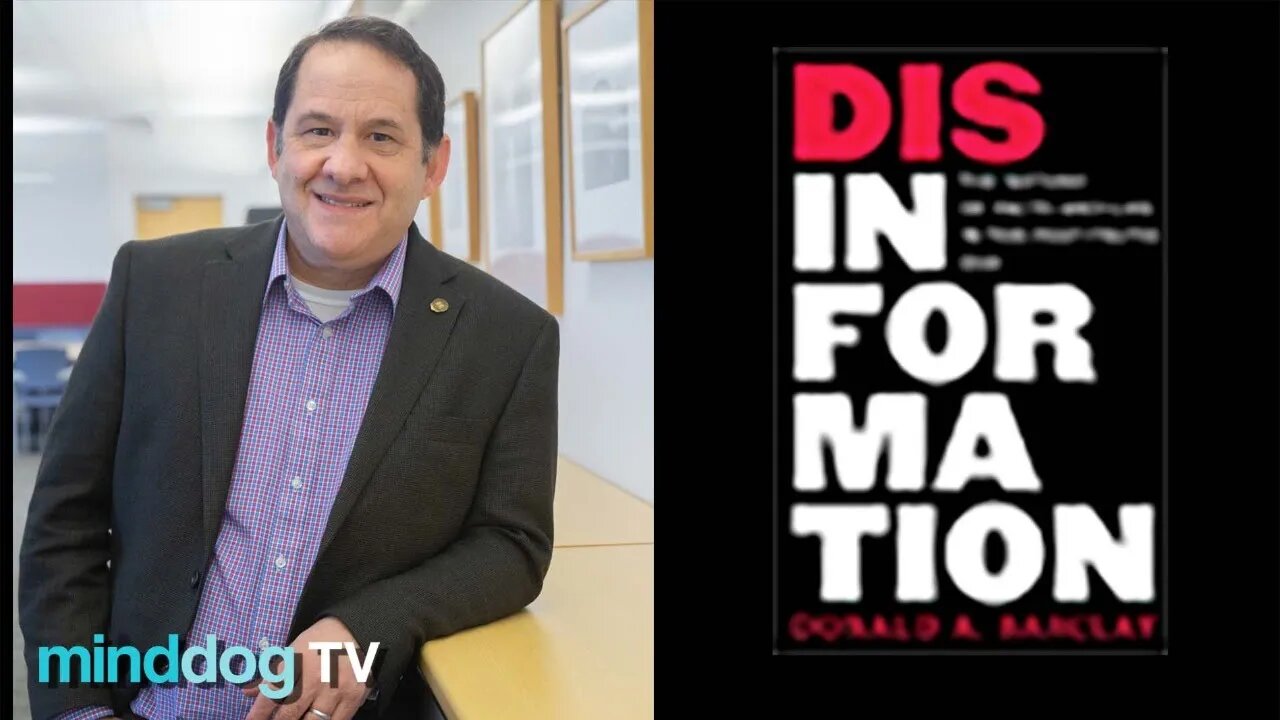
Disinformation: The Nature of Facts and Lies in the Post-Truth Era - Donald A Barclay
Does the idea of a world in which facts mean nothing cause anxiety? Fear? Maybe even paranoia? Disinformation: The Nature of Facts and Lies in the Post-Truth Era cannot cure all the ills of a post-truth world, but by demonstrating how the emergence of digital technology into everyday life has knitted together a number of seemingly loosely related forces-historical, psychological, economic, and culture-to create the post-truth culture, Disinformation will help you better understand how we got to where we now are, see how we can move beyond a culture in which facts are too easily dismissed, and develop a few highly practical skills for separating truth from lies. Disinformation explains: -How human psychology--the very way our brains work--can leave us vulnerable to disinformation. -How the early visions of what a global computer network would and should be unintentionally laid the groundwork for the current post-truth culture. -The ways in which truth is twisted and misrepresented via propaganda and conspiracy theories. -How new technology not only spreads disinformation but may also be changing the way we think. -The ways in which the economics of information and the powerful influence of popular culture have contributed to the creation of the post-truth culture. Unlike the far-too-numerous one-sided, politically ideological treatments of the post-truth culture, Disinformation does not seek to point the finger of blame at any individuals or groups; instead, its focus is on how a number of disparate forces have influenced human behaviors during a time when all of humanity is struggling to better understand and more effectively control (for better or worse) challenging new technologies that are straining the limits of human intellectual and emotional capacity.
We will discuss:
The forces that have converged to make up the post-truth era
What philosophy teaches us about detecting truth and facts vs, false evidence and disinformation
How human cognition shapes and sometimes limits our own ability to perceive the truth
How technology and its own early utopian versions of "Cyberspace" laid the groundwork for the post-truth culture
The history of propaganda and persuasion that if known, can be employed to detect disinformation and discard it
How the concept of intellectual property impacts the creation of, and access to, information
Offering practical tips on identifying the post-truth culture's conspiracy theories and resisting their allure
About the Author:
Donald Barclay is the Deputy University Librarian at the University of California, Merced. He has authored numerous articles and books over the course of his career on topics ranging from the literature of the American West to children's literature to library and information science. His most recent book, Fake News, Propaganda, and Plain Old Lies: How to Find Trustworthy Information in the Digital Age, was published by Rowman & Littlefield in 2018. He currently lives in Merced, California.
You can check out his website at http://Donaldbarclay.com
https://rowman.com/ISBN/9781538144091/Disinformation-The-Nature-of-Facts-and-Lies-in-the-Post-Truth-Era
PATREON: https://www.patreon.com/minddogtv
Sponsors:
KOA Coffee https://koacoffee.com/?sscid=21k6_79g17
FIVERR https://go.fiverr.com/visit/?bta=86037&brand=fiverrcpa&utm_campaign=minddogTV
SOUTHWEST RAPID REWARDS https://swa.eyjo.net/c/3290446/517226/4705
SUPPORT THE HAPPY MINUTE https://ko-fi.com/minddogtv
TRUE FIRE GUITAR MASTERY: http://prf.hn/click/camref:1101lkzyk/pubref:minddog
-
 LIVE
LIVE
Badlands Media
6 hours agoBadlands Daily: Aug 1, 2025
4,182 watching -
 LIVE
LIVE
Matt Kohrs
10 hours agoTrump Tanks Stocks, Breaking Market News & Payday Friday || Live Trading
697 watching -
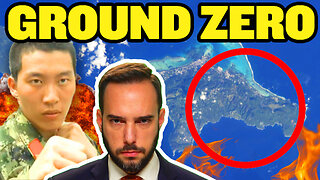 13:42
13:42
China Uncensored
12 hours agoChina's Invasion Has Begun
7.22K15 -
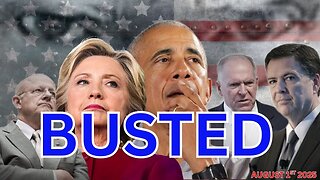 LIVE
LIVE
Wendy Bell Radio
6 hours agoBUSTED
8,590 watching -
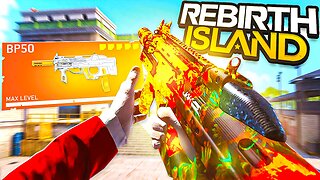 LIVE
LIVE
JuicyJohns
2 hours ago $0.90 earned🟢#1 REBIRTH PLAYER 10.2+ KD🟢$500 GIVEAWAY SATURDAY!
100 watching -
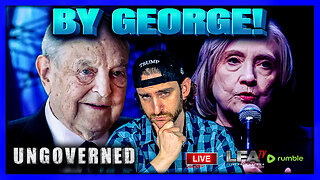 LIVE
LIVE
LFA TV
14 hours agoLFA TV ALL DAY STREAM - FRIDAY 8/1/25
4,170 watching -
 4:02:39
4:02:39
The Bubba Army
1 day agoHulk Hogan had Leukemia? - Bubba the Love Sponge® Show | 8/01/25
84.4K3 -
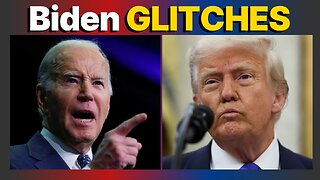 18:36
18:36
DeVory Darkins
10 hours ago $6.83 earnedTrump scores MAJOR WIN with Americas youth as Biden drops HORRIBLE speech
29.5K40 -
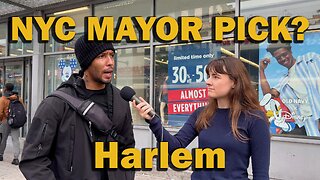 14:13
14:13
Clickbait Wasteland
16 hours ago $5.70 earnedAsking New Yorkers Who they Support for Mayor: Harlem
49.3K35 -
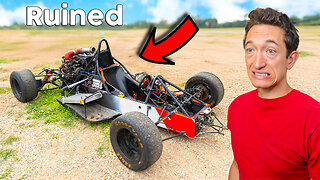 19:55
19:55
The Rad Factory
17 hours ago $2.88 earnedCan I Fix My Fire Damaged F1 Car?
33.8K4